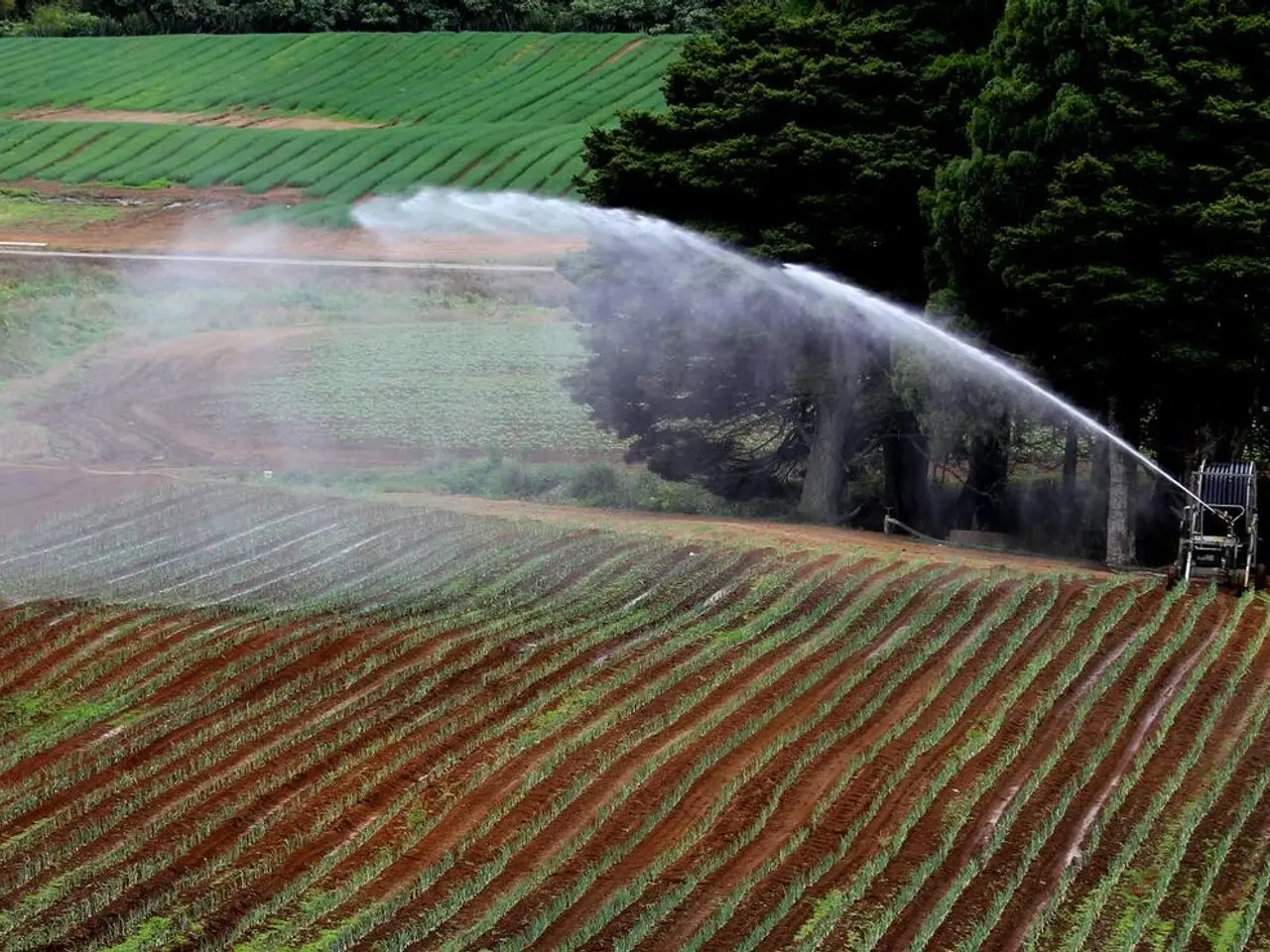Optimizing Agricultural Practices: Leveraging Your Advantages and Challenges
In the realm of farming, agribusiness, and rural life, recognizing one's strengths and weaknesses is paramount for growth and success. In this article, we delve into strategies for identifying, leveraging, and managing these aspects, using a structured approach like the SWOT (Strengths, Weaknesses, Opportunities, Threats) analysis.
Identifying Strengths and Weaknesses
To uncover the hidden strengths and weaknesses in agricultural operations, it's essential to gather and analyze data on farm performance compared to industry standards or similar operations. Conducting systematic assessments, such as the Resilience Assessment Tool (ResAT), can help evaluate challenges and capacities, integrating robustness, adaptability, and transformability aspects in farming systems. Modern technologies like soil sensors, satellite imaging, IoT devices, and AI tools can provide real-time monitoring of soil health, water use, pest management, and operational efficiency, detecting both strong points and vulnerabilities in farm processes.
Leveraging Strengths
Once strengths have been identified, it's crucial to capitalize on them. Employing precision farming methods, such as AI-optimized crop rotation and targeted fertilization, can enhance yield and sustainability by focusing on identified strengths such as soil health or efficient water use. Utilizing mechanization and digital tools can boost labor efficiency and timely decision-making based on strengths in operational capacity. Building on established sustainable practices, like agroforestry and ecosystem protection, supports long-term resilience and capitalizes on strengths related to biodiversity and ecosystem services.
Managing Weaknesses
Addressing weaknesses is equally important. Targeted interventions, such as improving weak pest management using drones and biopesticides or strengthening soil fertility monitoring and management with advanced sensors, can help overcome vulnerabilities. Regular maintenance and management of critical equipment and spare parts can prevent downtime, a common weakness in farm operations. Engaging stakeholders through consultations and focus groups can validate findings and collaboratively develop strategies to overcome systemic weaknesses or gaps in resilience.
Continuous Improvement
The agricultural landscape is ever-changing, so it's essential to reassess farm strengths and weaknesses periodically using emerging data and technological feedback loops. Exploring and integrating green and sustainable business models can help balance environmental impact with food security and profitability.
In addition, utilizing farm management software can improve time management, while technical skills, such as operating and maintaining machinery, are valuable in agriculture. Breaking large projects into smaller, weekly goals can help manage overwhelm, and regular reviews of progress can assess strengths and weaknesses. Consider partnering or participating in a local farmers market to overcome marketing weaknesses, and assigning tasks like watering plants or collecting eggs to kids can help build their agricultural skills.
In conclusion, by combining data-informed appraisal, modern farming technologies, strategic SWOT analysis, and stakeholder involvement, agricultural operations can systematically identify their unique strengths and weaknesses, leverage strengths to boost productivity and sustainability, and address weaknesses to enhance resilience and overall farm performance.
To broaden the scope of farm operations beyond agriculture, one can apply the SWOT analysis to lifestyle and home-and-garden practices, ensuring a balanced, self-sufficient, and efficient household. For instance, identifying strengths in areas like energy conservation or water use efficiency can lead to investment in solar panels or rainwater harvesting systems.
Furthermore, recognizing weaknesses in home maintenance, gardening, or housekeeping can guide the implementation of targeted solutions, like smart home technology for energy management or automated irrigation systems for plant care. Conducting regular SWOT analyses allows continued improvement in home-and-garden productivity and environmental sustainability, aligning with the broader agribusiness sector's focus on growth and success.




